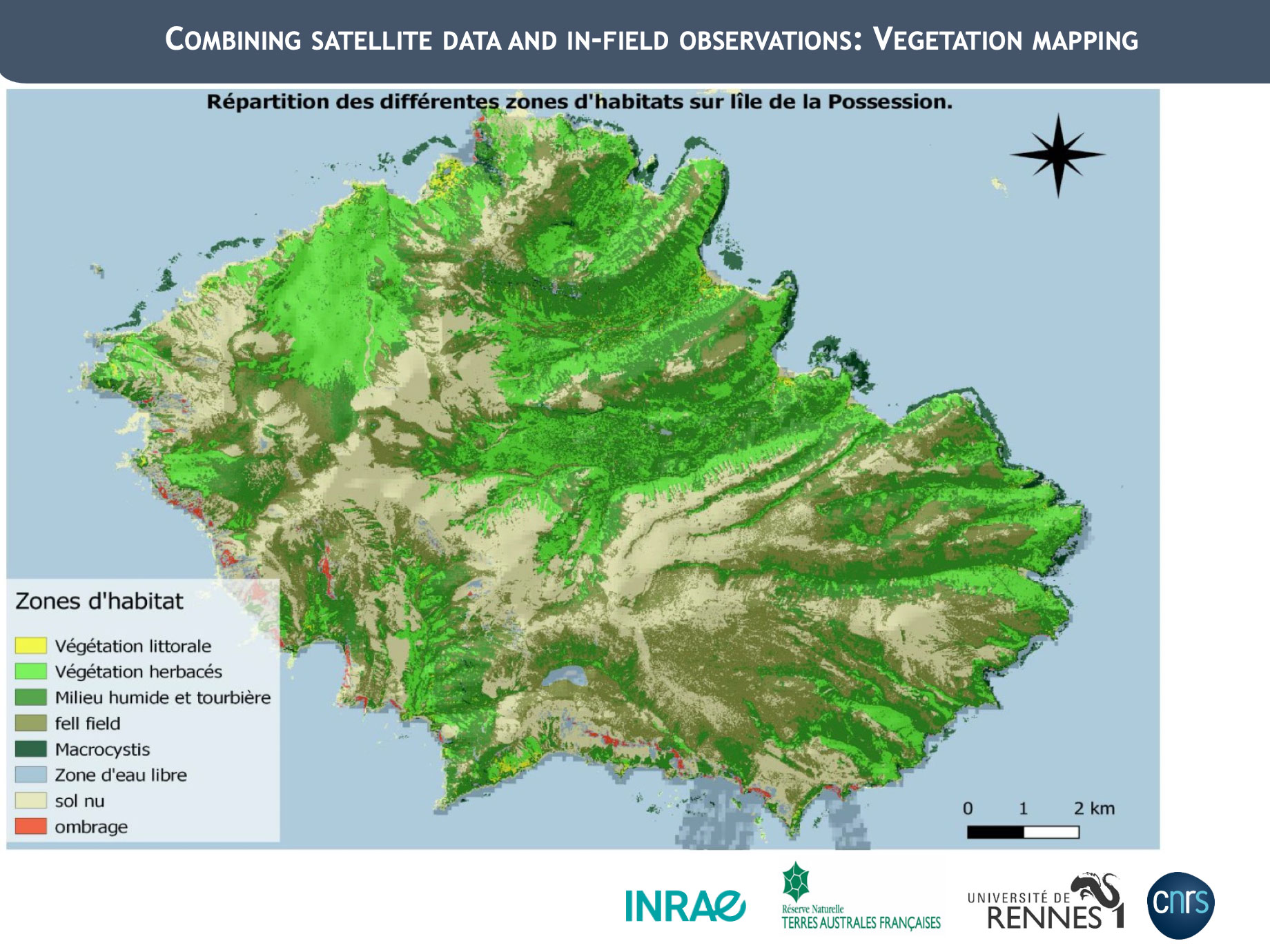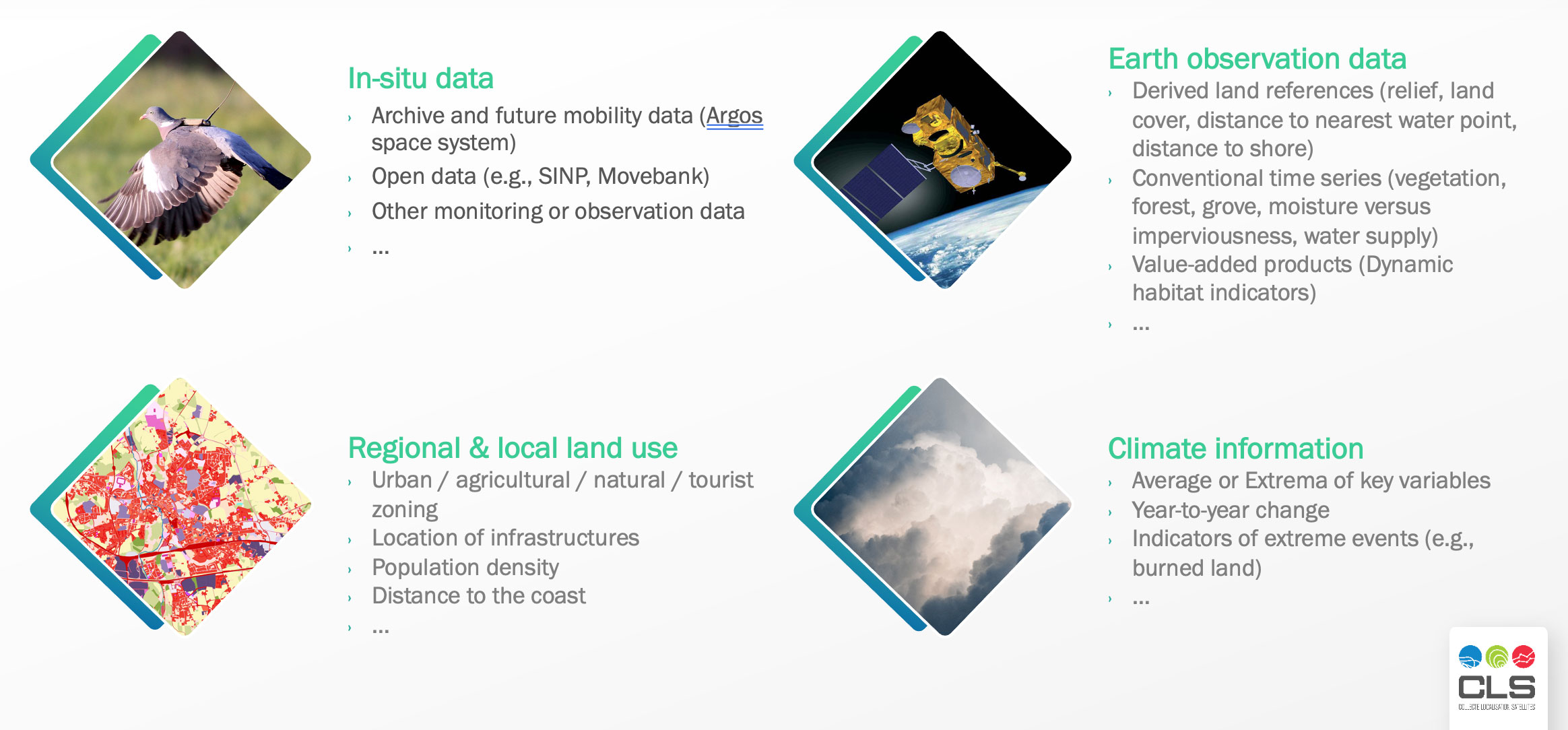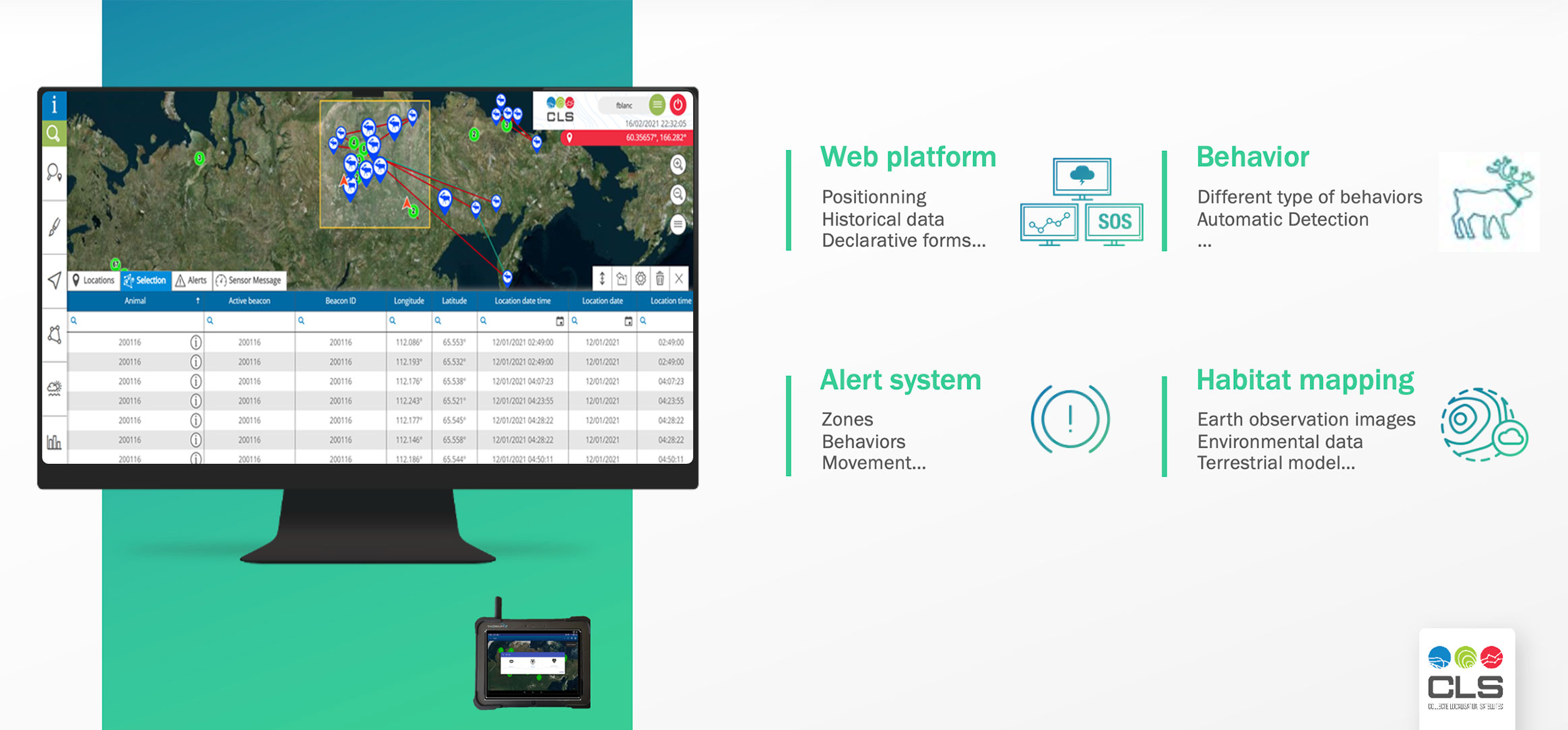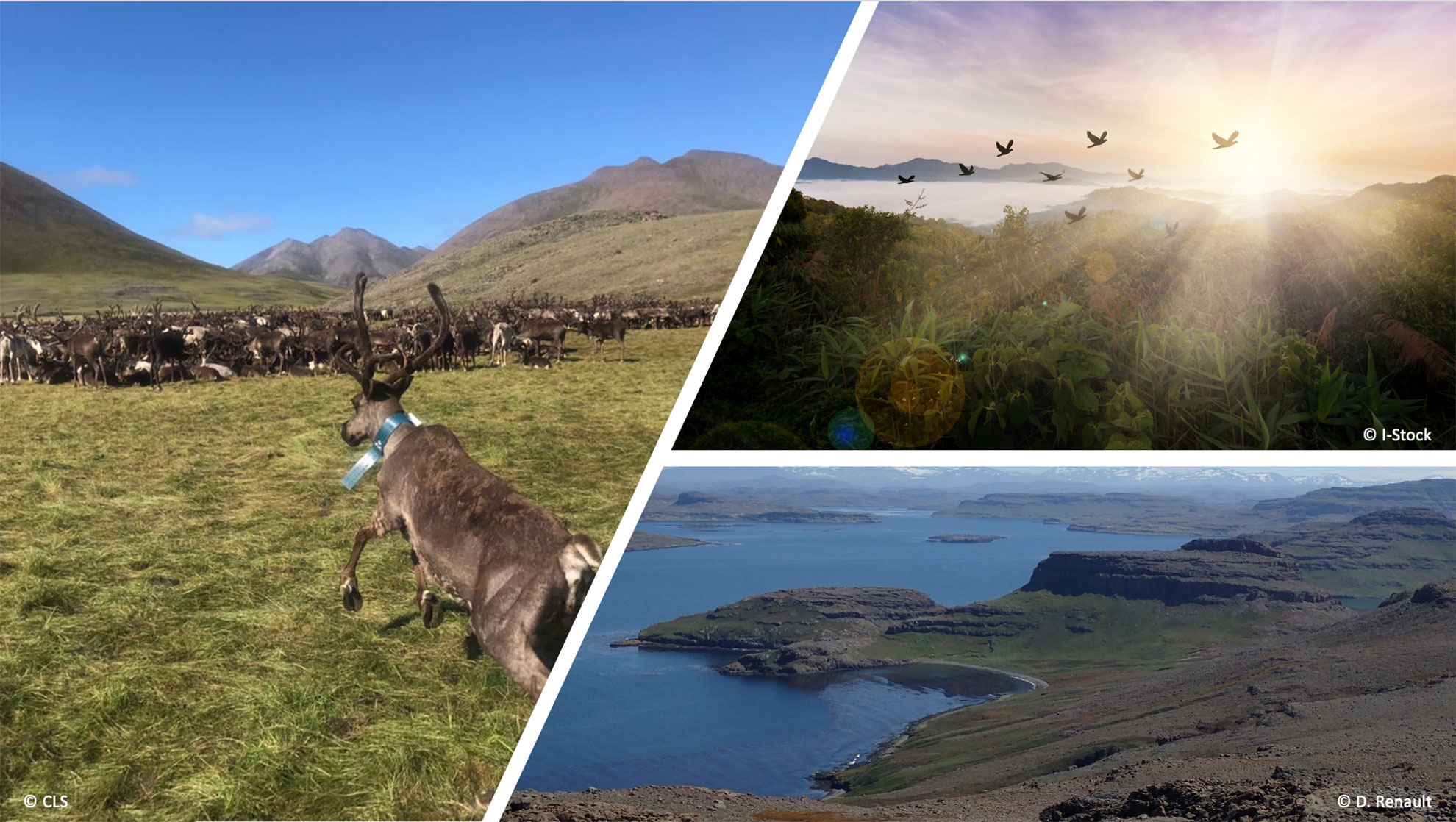Satellites, amazing allies of biodiversity
Satellites contribute to the knowledge and preservation of biodiversity in many ways, as shown in this short film made with the help of SCO project teams.
"The time for fundamental change is now," said Bruno Oberle, IUCN Director General. Because the climate and biodiversity crises are interconnected, many SCO projects integrate both components.
The SCO at IUCN: "Climate Emergency: The Satellite Response
On Wednesday, September 8 at 1:00 pm, in the Reimagine Space of the French Pavilion in Marseille, the SCO ambassadors surprised the audience:
- Laurence Monnoyer-Smith and Frédéric Bretar, in charge of the SCO at CNES, first presented the stakes and the potential of this international initiative, the SCO;
- David Renault, Professor at the University of Rennes, then showed how the Cartovege project uses satellite mapping to conserve the flora and habitats of the remarkable Crozet and Kerguelen archipelagos (French Southern and Antarctic Lands).

In the Crozet and Kerguelen Islands, a UNESCO World Heritage Site, climate change and anthropogenic pressures are threatening native biodiversity. The Cartovege project aims to provide information and data to decision makers and managers to implement timely mitigation measures to preserve habitats and biodiversity.
- Christel Delmas, in charge of telemetry at CLS, took over with a superb focus on migration monitoring using the ARGOS system. From wood pigeons (Migr-Safe project) to reindeer in Yakutia (SISMA project), the results are as useful to scientists as they are to local stakeholders.

14% of the 37,400 species threatened with extinction are birds. Giving scientists and land managers access to new, usable information, the MIGR-SAFE program aims to create a tool to help preserve migratory animals and study their behavior in the face of climate change and human activities.

In 20 years, the reindeer population has dropped by 60% in the Taimyr Peninsula (Russia). In support of "smart herding", the SISMA project is implementing and deploying a cost-effective satellite-based solution for collecting and sharing herd management data on a large scale.
All SCO biodiversity projects
In two years, the SCO has accredited nearly a dozen projects specifically dedicated to monitoring and protecting biodiversity.
- ADOPT: indicators of climate change impacts for Occitan Regional Nature Parks
- Cartovege: conservation of flora and preservation of habitats in the French Southern Territories
- EagleHedges : characterization of the bocage network, biodiversity refuge
- Eo4MoutainPastoralism: monitoring the dynamics of high altitude wetlands and the services provided by these environments
- Habitat Yangtze: monitoring of wetlands in the middle and lower Yangtze River basins (China), habitats of migratory waterbird
- Mangroves: characterization and preservation of mangroves
- Migr-Safe: protecting the journey and stopovers of migratory birds
- ORION: characterization of the dynamics of mountain moors
- SAMTool-Alert : vulnerability of a territory to the risk of sargassum seaweed stranding
- Tahatai: indicators useful for the governance of the Polynesian coastal zone (changes due to climate change, biodiversity, areas of vulnerability)
- TropiSCO: weekly monitoring of global tropical deforestation
-----------
- Created in 1986 by CNES, the Argos system deploys more than 20,000 beacons tracked each day by CLS via 9 satellites! By 2023, we will have 37 satellites and 30,000 beacons.
- Held every four years, the IUCN World Conservation Congress brings together thousands of representatives from governments, public agencies, NGOs, the scientific community, local communities, indigenous peoples and business.
At the end of the 2021 edition, resolutions adopted include protecting 80% of the Amazon by 2025 and ending mining in all deep seabed areas. The global community is specifically invited to adopt the international One Health initiative, an ambitious nature-based approach to health.



